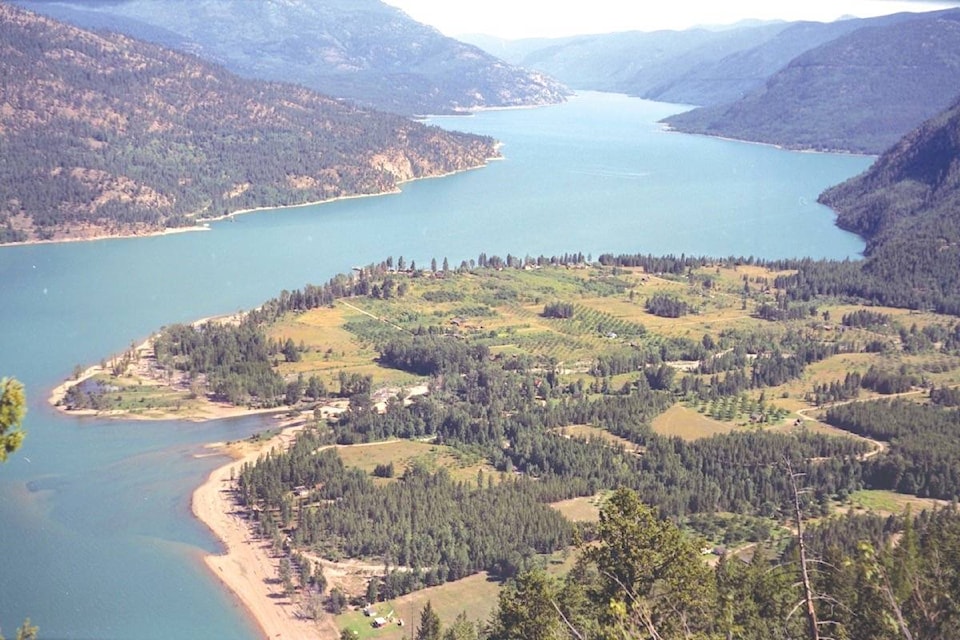The second session of Columbia Basin Treaty negotiations took place around a table in Nelson on Wednesday and Thursday — two days in what is sure to be a multi-year process.
Katrine Conroy, the provincial minister responsible for the treaty and the MLA for Kootenay West, thinks the Nelson location was significant.
“One of the things I know was discussed in the last couple of days,” she told the Nelson Star, “is the need for both sides to carefully consider the views of the people who live and work in the Columbia Basin on both sides, so it is important for them to travel through the basin and have an understanding.”
There are three parties at the table: the governments of Canada, the U.S. and B.C. With negotiators, their staff, hydro company representatives and lawyers, that amounts to about 25 people, Conroy said.
Despite the federal government’s decision that First Nations will not be at the table, she said, the province is continuing to consult them.
The agreement, reached in 1964, governed the mutual sharing of, and payments for, the trans-boundary Columbia River water for flood control in the United States and hydro power in both countries. But in 2018 there are many other issues, and re-negotiating the treaty will be a complex matter.
Conroy can’t talk about what was discussed in Nelson because those negotiation details are confidential, but she said the session dealt in general concepts and information and will get down to details in later sessions.
“They reviewed hydro power planning in both Canada and U.S. operations and they also talked about the ecosystems, and stressed how important it is that the ecosystems are part of the discussion, as they obviously were not in the 1960s when the treaty was signed.”
Much of the negotiation will be about the value of what is known as the Canadian Entitlement, which means that every year the U.S. pays Canada half of the value of power generated by flows from Canada, currently about $120 million worth of power annually.
That number is dropping, Conroy says, because the U.S. is using more of the water for flood control, agriculture, fisheries and transporting goods.
But the impacts of the treaty on B.C. tourism, agriculture and control of lake levels have not diminished in B.C.
READ MORE:Columbia River Treaty: What’s on the table?
“The negative impacts have continued. The levels of the Arrow Lakes, there is so much fluctuation that it is tough for tourism, tough in the summer when the lake level drops and it is nice to have a sandy beach but if you have an enormous dusty sand bar, that does not bode well for recreation and tourism. Nakusp has struggled with that for years.”
She said riparian zones are destroyed each year as the lake goes up and down, and there are issues of loss of wildlife, and of agriculture.
“We had, in the Upper Arrow Lakes, at Deer Park and Renata, places like that, the most vibrant agricultural areas in the province next to the Fraser Valley. That was all flooded.”
COLUMN: The Columbia River Treaty: Dialogue through difference begins
COLUMN: Americans learn about local Columbia River Treaty story
It’s important to Conroy that American politicians, power company officials and negotiators understand these things. So in July she hosted 50 of them for a bus trip around the West Kootenay where she set up opportunities for them to talk to local people affected by the dams.
Then she invited them all to dinner, with local people, at her farm in Pass Creek.
“It was good for them to come and see it all, and a number of them said, ‘Thank you, we needed to do that, it opened our eyes.’”
bill.metcalfe@nelsonstar.com
Like us on Facebook and follow us on Twitter



